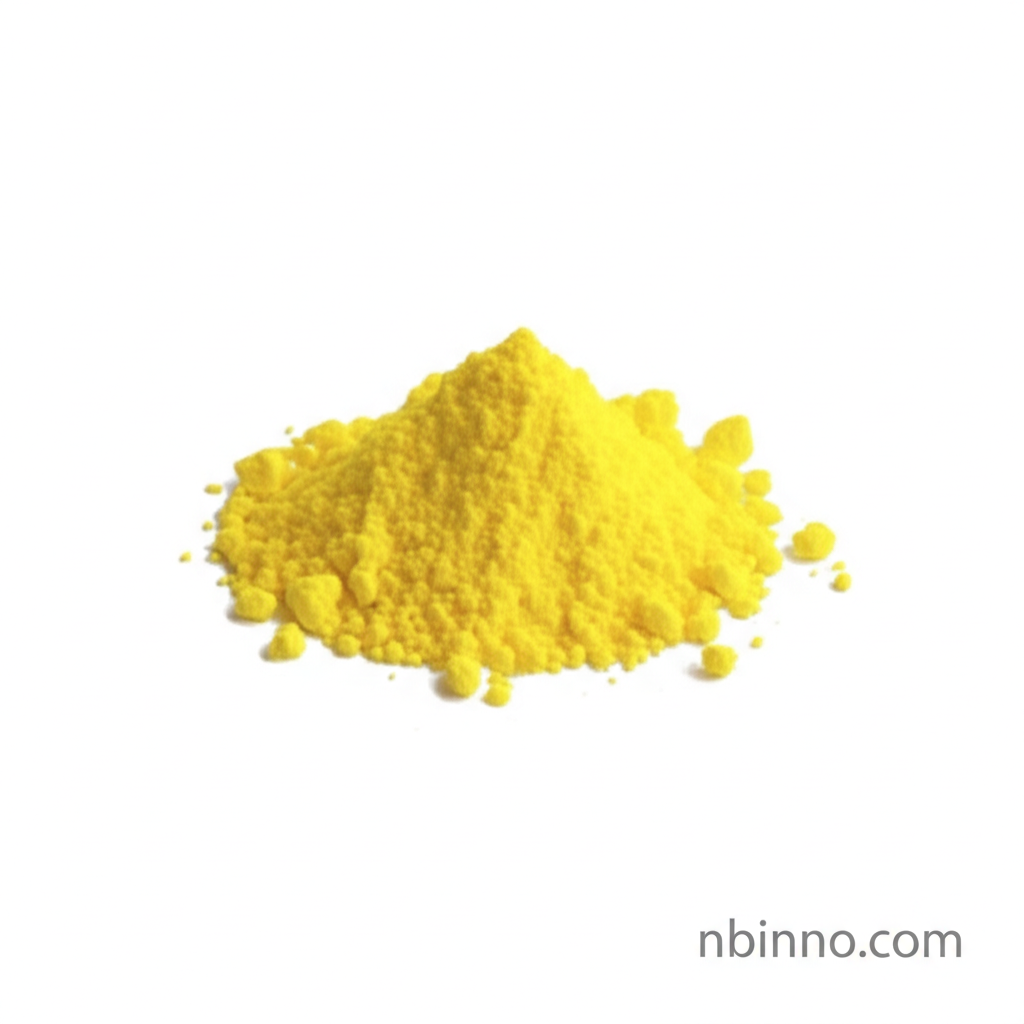3,5-Dinitrobenzoic Acid (DNBA): Properties, Synthesis, and Applications
Explore the crucial role of 3,5-Dinitrobenzoic Acid as a versatile intermediate in modern organic synthesis and chemical research.
Get a Quote & SampleProduct Core Value

3,5-Dinitrobenzoic Acid
3,5-Dinitrobenzoic Acid (DNBA) is a significant compound widely utilized as a key intermediate for organic synthesis. Its unique chemical structure makes it valuable in various chemical processes, contributing to the development of complex molecules and functional materials.
- Understanding the synthesis of 3,5-dinitrobenzoic acid provides insight into complex organic transformations.
- The dnba intermediate uses extend across multiple industries, highlighting its versatility.
- Researchers leverage organic synthesis with dinitrobenzoic acid to create novel compounds and materials.
- The toluene to 3,5-dinitrobenzoic acid conversion is a classic example showcasing multi-step synthesis strategies.
Key Advantages
Versatile Organic Intermediate
As a vital intermediate for organic synthesis, DNBA enables the creation of a broad spectrum of complex chemical structures, crucial for pharmaceutical development and material science.
Enhanced Reactivity
The presence of two nitro groups imparts specific reactivity to 3,5-dinitrobenzoic acid, making it a useful reagent in various chemical reactions, including derivatization for analytical purposes.
Reliable Purity and Quality
With a minimum purity of 97%, DNBA ensures consistent and predictable results in chemical synthesis, supporting efficient and high-quality production processes.
Key Applications
Organic Synthesis
DNBA serves as a fundamental building block in numerous organic synthesis pathways, facilitating the construction of advanced molecular architectures.
Pharmaceutical Intermediates
Its role as a pharmaceutical intermediate is critical, contributing to the synthesis of active pharmaceutical ingredients (APIs) and other medicinal compounds.
Analytical Chemistry
In analytical chemistry, DNBA is employed as a derivatizing agent, aiding in the identification and quantification of amines and other nucleophilic compounds.
Material Science
The compound finds applications in material science for the development of specialty polymers, dyes, and pigments, enhancing material properties.
